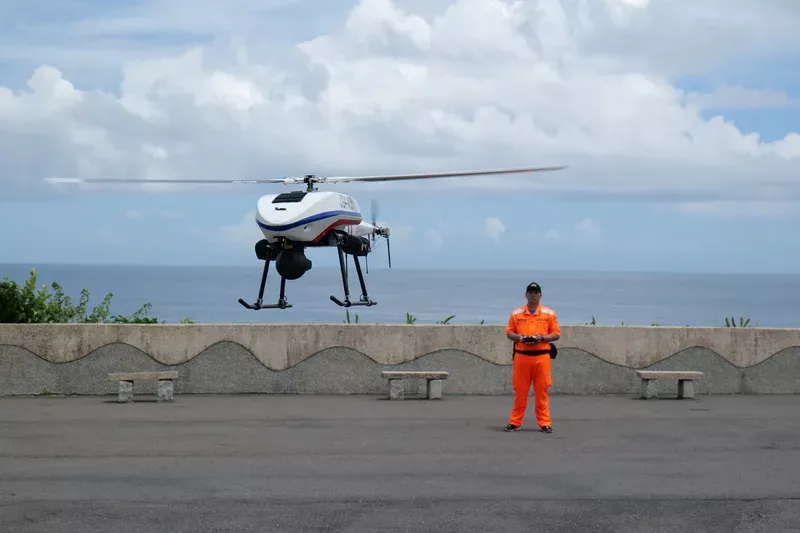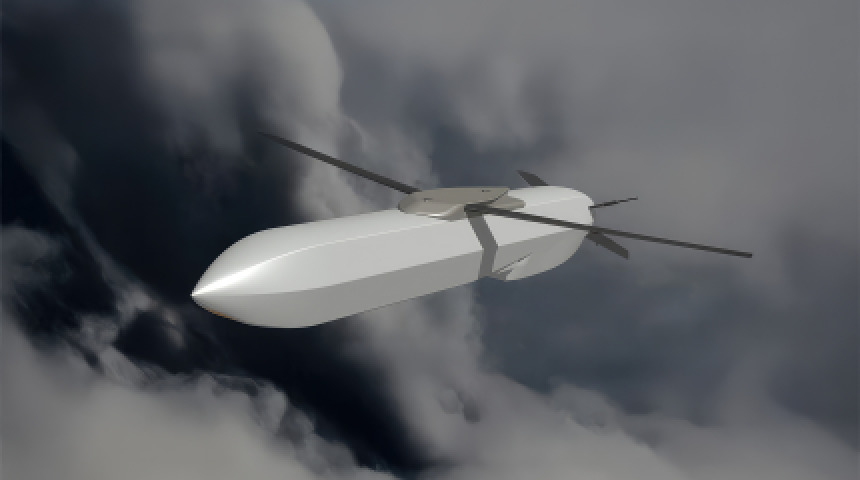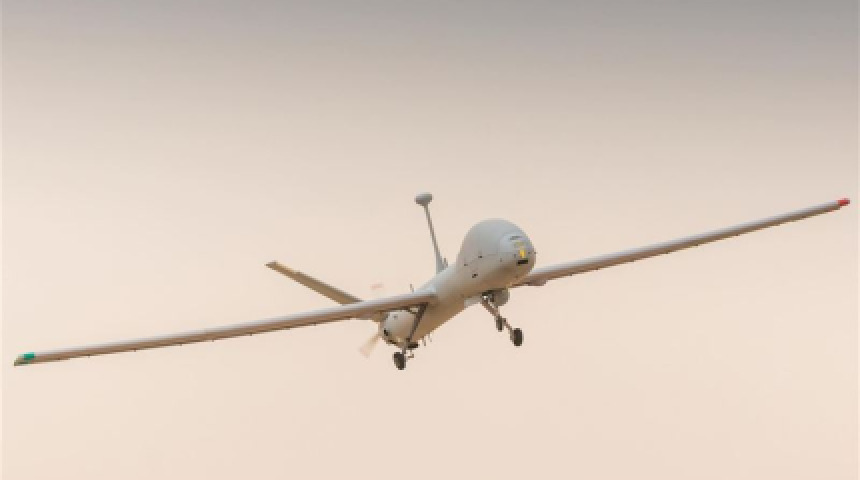空中守海線!海巡署二代無人機計畫曝光,加速海域偵搜進化!

Taiwan Coast Guard Eyes Next-Gen Drones to Strengthen Maritime Surveillance and Rescue
面對台灣周邊海域走私與非法入境活動日趨頻繁,海巡署正推動第二代無人機計畫,強化全天候的空中監控與即時救援能力。
To boost its maritime patrol and search-and-rescue (SAR) efficiency, Taiwan’s Coast Guard Administration (CGA) has initiated a procurement plan for its second-generation unmanned aerial vehicles (UAVs), marking a significant leap in its operational modernization.
海巡署自2018年(民國107年)首度導入無人機系統,廣泛應用於海岸線偵蒐、可疑船舶追蹤與緊急救難。這些機型不僅縮短了應變時間,也大幅提升了勤務覆蓋率與資訊即時掌握。
Since 2018, the CGA has deployed its first-generation drones in missions ranging from coastal surveillance to anti-smuggling operations and emergency response. These UAVs have proven invaluable in extending patrol coverage and increasing operational speed.
然而,隨著海上威脅模式轉變與任務樣態日益複雜,現有無人機系統逐漸面臨效能瓶頸。海巡署因此評估,未來必須導入航程更遠、載重更高、具夜視與海上搜尋能力的次世代無人機,以因應多樣化任務挑戰。
As maritime threats evolve — including more sophisticated smuggling routes and faster vessels — the Coast Guard acknowledges that next-gen UAVs with extended range, enhanced payload capacity, and night-time surveillance features are essential.
據了解,第二代無人機將不再侷限於岸基起降,未來更有望與海巡艦艇、雷達站和指揮中心整合,發展出具「遠距監控、即時反應」能力的聯合運作架構。
Future drone models are expected to support ship-based launch and retrieval, and integrate seamlessly with the Coast Guard’s existing radar and command systems, paving the way for a network-centric maritime monitoring framework.
專家指出,海巡署此舉不僅是裝備升級,更象徵著台灣海域安全概念的轉型,從「人力警戒」邁向「科技守海」。
Analysts view this initiative not merely as a tech upgrade, but as a paradigm shift in Taiwan’s maritime security — from manpower-intensive patrols to tech-enabled, unmanned vigilance.
隨著兩岸海上灰色地帶行動頻率升高,以及區域局勢持續緊張,如何建構靈活、高機動、具預警能力的海域偵蒐網絡,將成為未來台灣海防布局關鍵。
With increasing "gray-zone" maritime activities and regional tensions, Taiwan’s ability to field a flexible, mobile, and preemptive surveillance network may define the future of its coastal defense strategy.




回應文章建議規則: